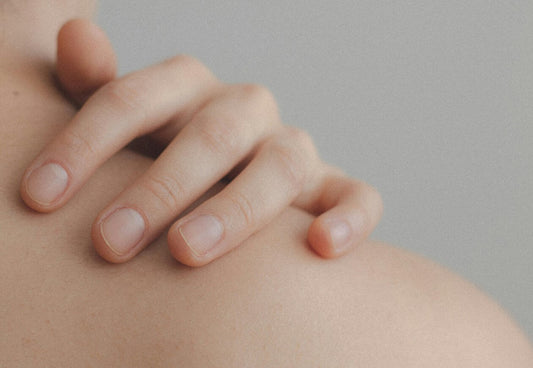
How to Care for Your Celiac Child as a Co-Parent
Share
How to Care for Your Celiac Child as a Co-Parent
When a child is diagnosed with celiac disease, it changes the whole family’s life – whether parents live together or apart. If you’re the co-parent living separately, it’s important to understand: this is not just the other parent’s responsibility, it’s yours too. A gluten-free diet is not an “optional extra,” it’s the only way to keep your child healthy.
You might feel this is too complicated or difficult since it’s not part of your daily routine. But remember: your child needs you too, and being involved in their diet helps them feel supported, accepted, and understood.
1. Your Child’s Health Is Your Responsibility Too!
Some people think that because the child spends more time with the other parent, that parent is solely responsible for the diet. That’s a big mistake!
Celiac disease is present at every meal, every day, and it doesn’t pause just because your child is with you. Even a tiny crumb can cause weeks of pain, nutrient deficiencies, and health damage.
👉 You are responsible for learning about gluten-free foods and preparing safe meals!
2. Don’t Expect the Other Parent to Pack Every Meal
It’s a mistake to think that the parent the child lives with should prepare and pack all meals for weekends or visits. You are equally responsible for your child’s nutrition!
Here’s what you can do:
- ✅ Learn what your child can and cannot eat. Check the gluten-free list, ask the other parent, or join celiac parent groups.
- ✅ Keep safe gluten-free ingredients at home. Always have suitable foods on hand when your child is with you.
- ✅ Learn how to avoid cross-contamination. It’s not enough to serve gluten-free meals – utensils, dishes, and crumbs can cause problems.
3. Be Present and Lead by Example
It’s emotionally important for your child to feel that both parents understand the situation. Paying attention shows them they matter and can count on you.
- ❌ Don’t say “a little won’t hurt!”
- ✅ Support the diet and its importance!
- ✅ Follow the rules seriously – your child will notice if you aren’t careful.
- ✅ For example, having a separate cutting board or asking what foods are safe makes your child feel secure.
4. Build a Connection – Don’t Let Celiac Push You Away
Without attention, lack of knowledge and related issues can push your child away. Imagine if your child always worries about getting sick with you – they won’t feel comfortable during visits.
- 💡 Get involved in the gluten-free world!
- 👨🍳 Cook simple gluten-free meals together!
- 🛒 Go shopping together and ask what products they like!
- 🎉 Plan activities so there’s always safe food available!
5. This Is Not Optional – It’s Your Child’s Health!
You can’t choose whether to participate in your child’s gluten-free life. Even if divorced, you share the responsibility!
- 👉 Learn about celiac disease.
- 👉 Provide safe foods when your child is with you.
- 👉 Don’t expect the other parent to do this work for you.
- 👉 Support your child and don’t let celiac push you away!
Quick Gluten-Free Checklist
🏠 Home Environment
- Wooden spoons, cutting boards
- Baking pans
- Old cookware with micro-cracks
- Toasters
- Kitchen textiles (towels, cloths)
- Flour trapped in table cracks
- Old flour containers not cleaned properly
- Paste residues and spilled flour on pantry shelves
🍽️ Kitchen & Meals
- Shared butter, spreads, nut butters, sandwich spreads, pâtés
- Shared countertop after gluten meals
- Airborne flour from gluten cooking
- Frying gluten-free and gluten foods in the same oil
- Shared utensils (knives, cutting boards, bowls)
🚗 Public Places & Travel
- Car seats or upholstery with gluten crumbs
- Shared dishes and utensils
- Snacks in cafeterias mixing gluten and gluten-free foods
🐾 Animals & Hidden Sources
- Pet food containing wheat or flour
- Bedding straw for pets
🎨 Kids’ Crafts
- Play dough with wheat flour
- Craft materials containing gluten
- Flour-based glue, papier-mâché
- School craft activities using flour
- Flour-based teaching tools
🛋️ Home & Household
- Bread boxes
- Hand towels touched with gluten hands
- Gluten-contaminated clothing (restaurant or bakery work)
- Sponges, cloths, brushes exposed to gluten foods
Summary
For children with celiac disease, constant vigilance and awareness of gluten sources are essential – not just for meals, but for the entire environment. As a co-parent, your child’s health is in your hands too, and taking these steps strengthens both their physical health and your emotional bond. 💙



